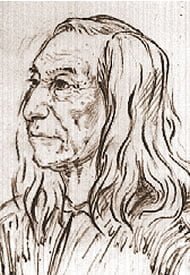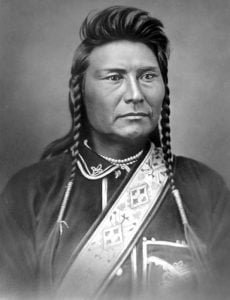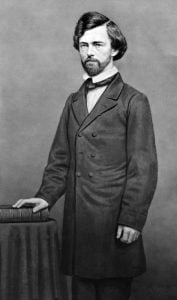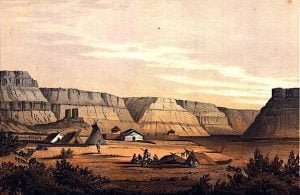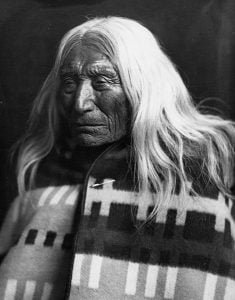Pelouze (Palouse) Council
September 26th. Left camp at half-past six this morning, and marched over a rolling, grazing country. By the side of a small cotton wood grove we saw the remains of thirty-four Indian lodges, probably deserted on the first advance of the troops into this country. Some of the lodge poles, from their magnitude, showed that the lodges must have been of considerable size. We marched fifteen miles and encamped on Silseepovestlem creek, where the water was good, but not plentiful. Today was the coldest we have had on our march. September 27th. We broke up camp between six and seven … Read more

